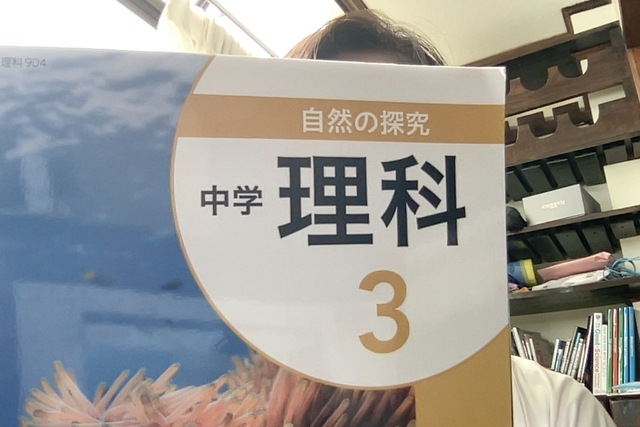Many Japanese people cannot speak in English well but they studied English for 6years while junior and sinior high school.
I think they studied only grammar but did not speak or they did not have motivation to speak in English.
How should Japanese people do to be able to speak in English?
Do we have effective way?
The immersion or the CLIL give some answers.
I am interested in the CLIL, so I sent a mail to a famous professor who studies the CLIL,
but I have not have any way to make materials about the CLIL because I am not speciality about English Education.
On the other hand, the immersion is easy for subject teachers because we are specially of subject (or Science).
We can just translate Japanese textbook into English.
But it is not easy for students to study with the immersion.
Especially, some junior high school students cannot study subjects hard in English.
So, yes, so the immersion is hard for us.
The problem of the immersion (science)
*Many terms
*Some science teachers are not good at English
*We cannot evaluate students correctly because we do not know if they are not understanding English or materials.
Only three.
But THREE.
Especially third point is important for them because they have to get evaluation in English class (grammar) and Science class to go on to high school.
If a student who is not good at English, he/she cannot get good score in Science class.
What we can do?
*In grammar class, teachers can give their students some materials earlier (than they need).
*Collaboration English teacher and Science teacher.
*We do not have to teach in perfect English and when students grow up, we can talk with more in English.
How do you think about??

















